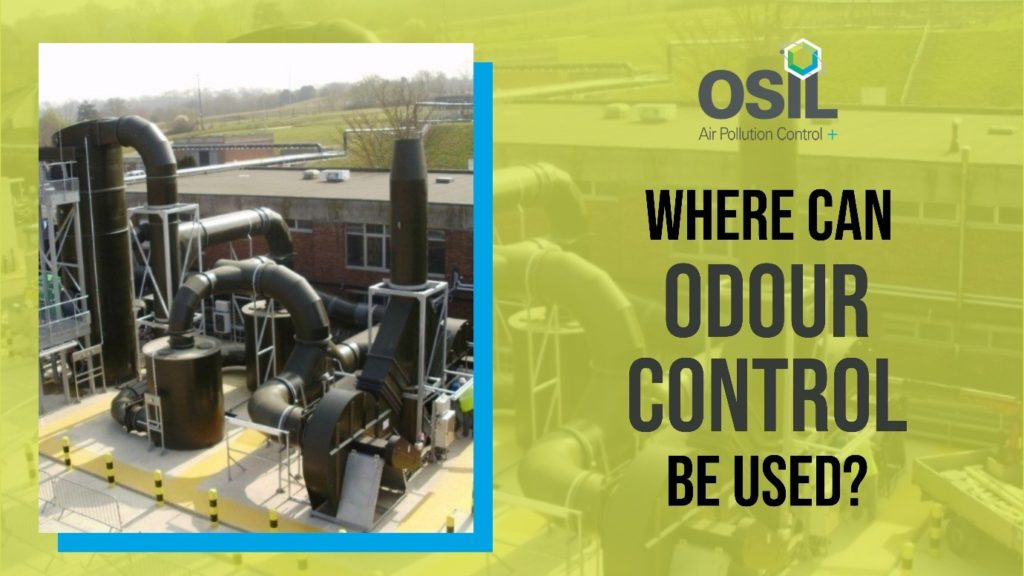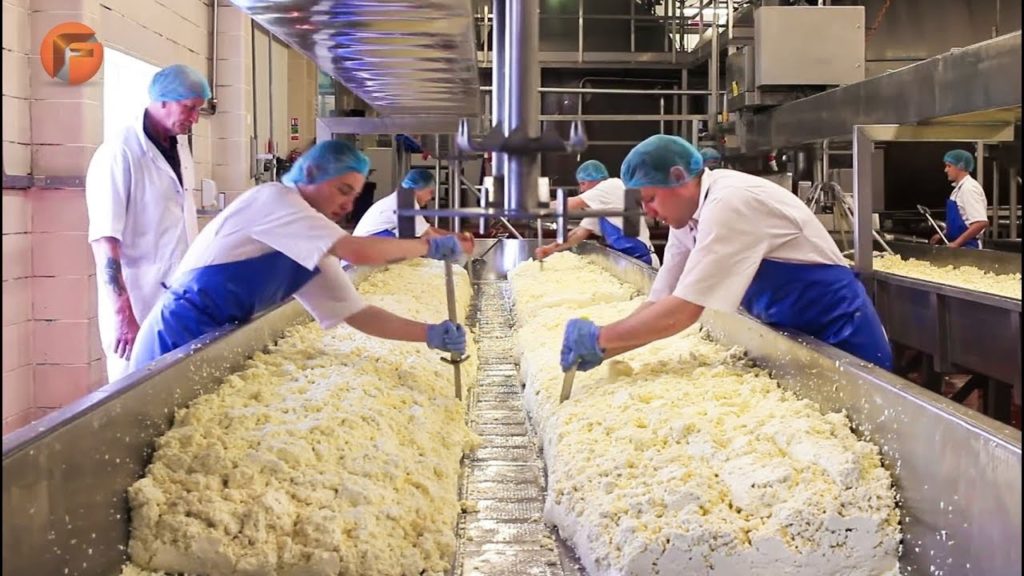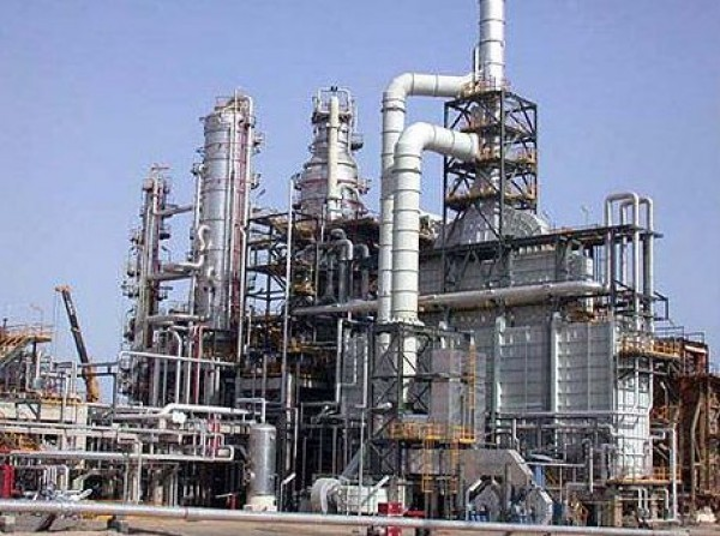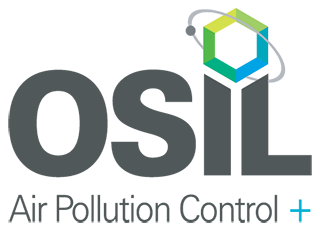
Odours are a by-product of many industrial processes, including wastewater treatment, incineration, crude oil refinement, chemical processing and food production.
These odours become a problem when they cause a nuisance. This can lead to complaints and attract attention from councils who can serve an abatement notice.
There are several technologies we can use to control odours. Air scrubbing systems, wet scrubbing systems, biological systems and dry media systems are examples of solutions that can remove, reduce and neutralise odours with great efficiency.
Odour control can be used in most applications to mitigate odours. Here are some of the common applications where odour control is used:
Wastewater and sewerage
Foul odours in wastewater treatment plants are most often the result of anaerobic decomposition of organic compounds. This decomposition produces hydrogen sulphide, mercaptans, amines, and volatile organics. Wet scrubbing is the most flexible technology for this problem. Our solution is called ChemKlean®. Another solution is LavaRok® biofiltration.
Incineration plants
Incineration plants produce flue gas that is vented into the atmosphere. The gas (smoke) must not be dense or noxious. Unpleasant odours are often the result of old-style incinerators. Activated carbon (adsorption) can be used to treat flue gas before atmospheric release, to effectively remove mercury, furans and dioxins.
Food processing plants

The odours produced by food processing plants are among the most potent which is why some have a dedicated odour treatment plant to treat their odours. We can remove or reduce odours at the generation sources or from collected emissions, using a multi-stage scrubber consisting of a wet and dry media filter.
Chemical processing
The manufacturing and processing of chemicals produces odours and fumes that must be controlled for safety. Chemical plants can control odours with chemical scrubbers where the odorous vapours are soluble in a liquid. Activated carbon can be used where the odours are not soluble in a liquid, or these systems can be used together.
Oil refineries and petrochemical plants

Oil refineries and petrochemical plants produce odours from refining crude oil and manufacturing fuels. This process releases sulphides and hydrocarbons. Adsorption with activated carbon is the best filtration solution for removing hydrogen sulphide (H2S) during refinement.
Which odour control method is right for you?
Proven methods for odour control include masking, absorption, and combustion, which work with varying degrees of success depending on the sizing and specification of the odour control system.
The correct odour control system for any application depends on the types of odorous compounds produced. This is normally determined by the industry sector. For instance, wastewater treatment produces a different range of odours to incineration, so requires a different air pollution and odour control solution.
Want to find out more about our odour control solutions? Contact us today to speak with one of our experts. Just call +44 (0) 1543 506855.

